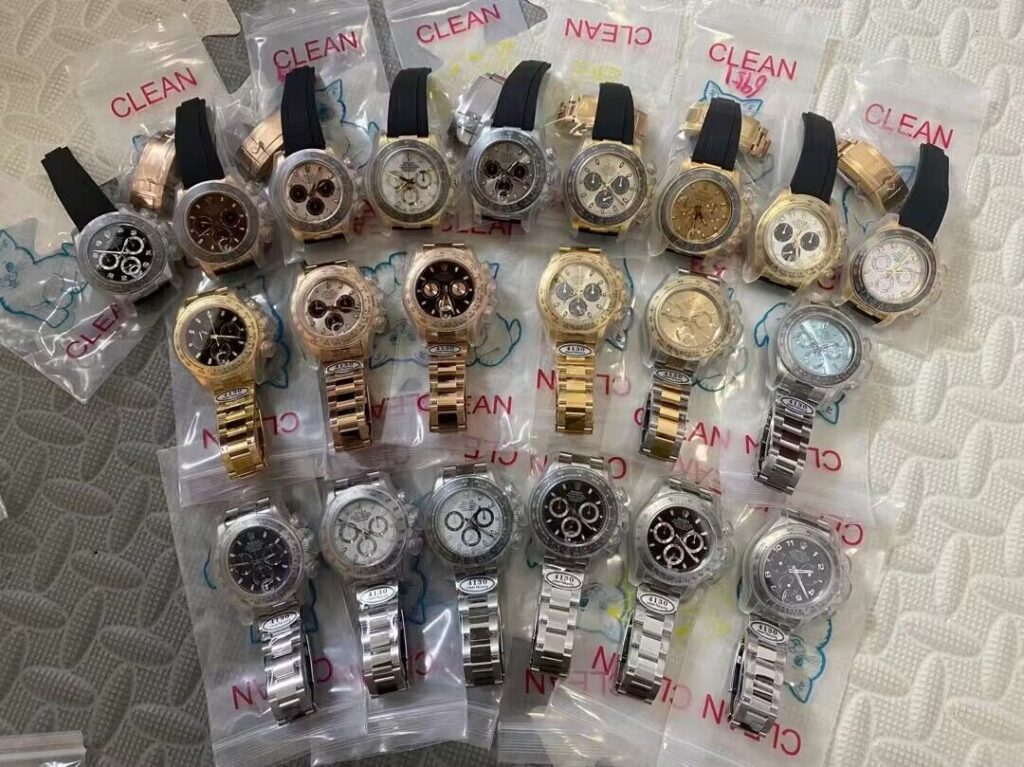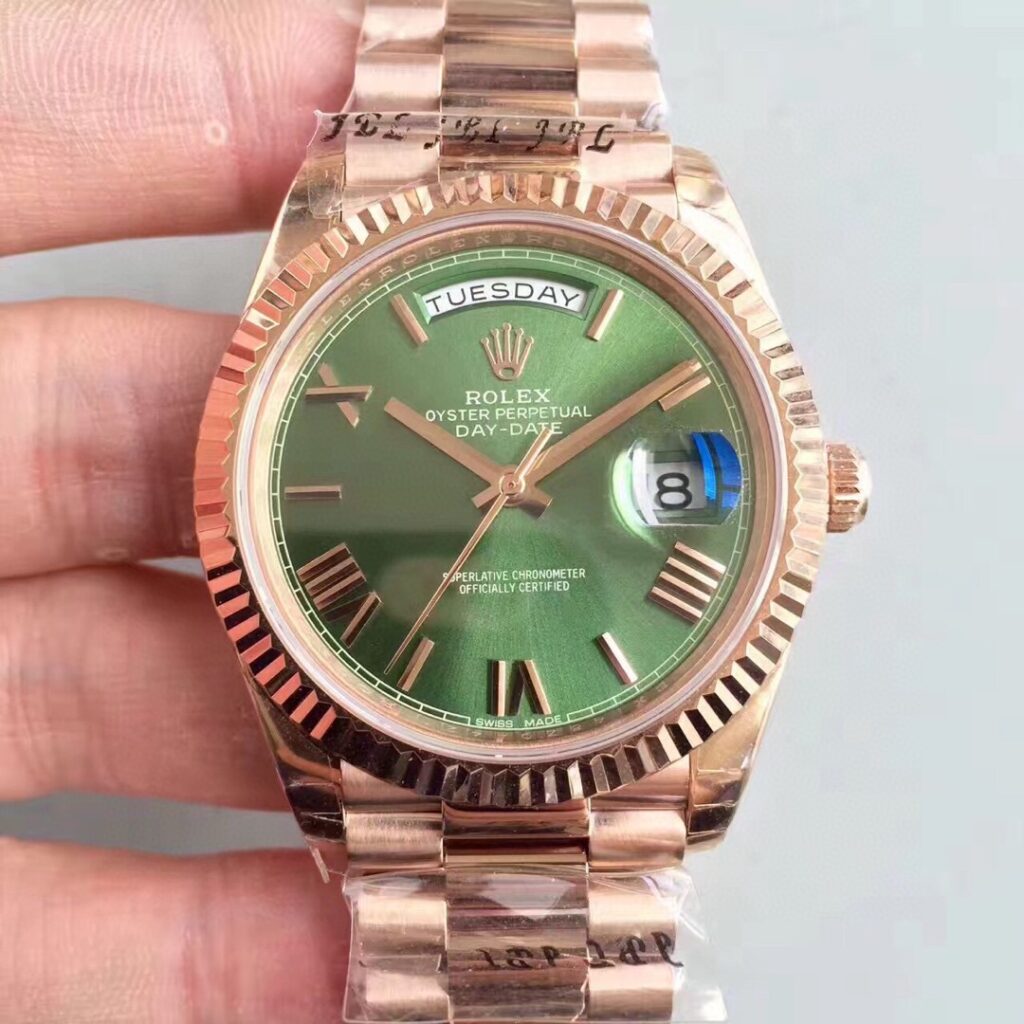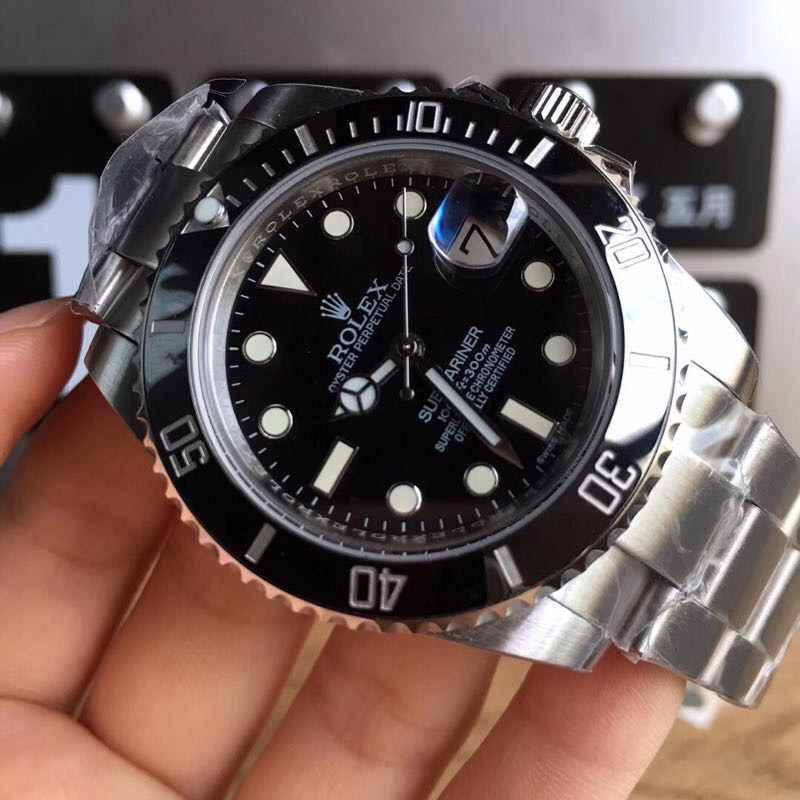What’s the Difference With Replica Rolex Crystals – Sapphire vs. Acrylic
Rolex watches are renowned for their precision and craftsmanship, and the choice of crystal – the transparent cover protecting the dial – plays a key role in their performance and aesthetics. Over the decades, replica Rolex has utilized two primary materials: acrylic and sapphire. Each offers distinct advantages, catering to different eras and preferences. Understanding their differences helps collectors and enthusiasts make informed decisions about their watchs.
Acrylic, or “plexiglass,” was the standard for Rolex until the late 1970s, favored for its warm, domed appearance that complements classic models like the Submariner 5513. Its shatter-resistant nature makes it durable against impacts, reducing the risk of damage to the movement. While prone to scratches, these can be polished out easily, restoring clarity. However, its lightweight, plastic-like feel may lack the premium appeal of sapphire, making it a nostalgic choice for vintage enthusiasts rather than modern luxury seekers.

Introduced in the late 1970s, sapphire crystal became fake Rolex’s modern standard, prized for its scratch resistance (ranking 9 on the Mohs scale) and crystal-clear transparency. It enhances dial legibility and exudes luxury, aligning with contemporary Rolex designs. However, its brittleness increases the risk of shattering under sharp impacts, and replacement costs are higher than acrylic. Despite these drawbacks, its resilience and sleek appearance make it the preferred choice for most modern Rolex wearers.

Distinguishing between acrylic and sapphire is straightforward. The “tap test” reveals acrylic’s dull, plastic-like sound versus sapphire’s sharp, glass-like resonance. Visually, acrylic crystals often have a pronounced dome, while sapphire sits flatter with higher reflectivity. On date-complication models, the Cyclops lens offers another clue – vintage acrylic versions have less magnification than sapphire’s sharp, distortion-free window. These subtle cues help collectors authenticate and appreciate their watchs.

Your preference depends on style and practicality. Acrylic suits vintage lovers for its nostalgic appeal, lightweight wear, and ease of polishing. Sapphire, meanwhile, appeals to those prioritizing scratch resistance, modern aesthetics, and low maintenance. Whether you cherish the heritage of a classic Rolex or the sleekness of a contemporary model, the crystal material significantly influences both the watch’s character and longevity.